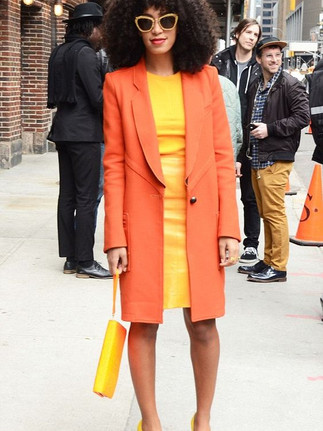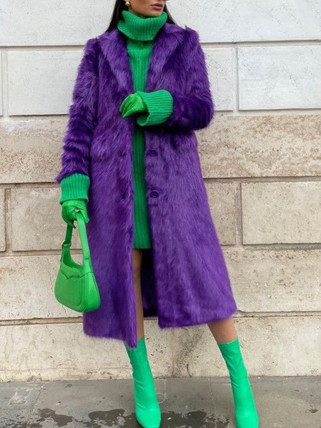
How to Figure out Which Colours to Match
Using the proper colours and exactly matching them may seal the sale. What distinguishes you is your ability to select the ideal colour palette for an outfit. That is why colour and its ideas continue to be the pivot for not just clothing but also interior design, hair, cosmetics, and much more. To make colours work for you, you must first grasp colour harmony theory and colour psychology.
Colour Wheel

Sir Isaac Newton devised the colour wheel in the 18th century in an attempt to compress the colour spectrum into a wheel and physically express the relationship between them. The wheel has been divided into the following groups: While we will concentrate on utilising a colour wheel for clothing and ensembles, this notion is ubiquitous and applicable to almost everything that works with colours.
PRIMARY COLOUR = YELLOW, RED, BLUE
(These tints cannot be created by combining two colours. Everything else stems from these hues.)
SECONDARY COLOUR = ORANGE, VIOLET, GREEN
(These colours are a combination of primary colour.)
TERTIARY COLOUR = YELLOW ORANGE, RED ORANGE, RED VIOLET, BLUE VIOLET, BLUEE GREEN, YELLOW GREEN
(These colours are a mix of primary and secondary hues.)

WARM AND COOL COLOUR
Warm colours, such as red, orange, yellow, and brown, make objects appear smaller in size, which is why most of us prefer wearing warmer colours when we wish to look thinner. Cool colours, such as blue, purple, and green, are relaxing.

NEUTRAL COLOUR
Colours that are neutral are self-explanatory. They are just muted, basic, and understated. Neutral colours include black, grey, white, off-white, taupe, and so on.
Analogous
Analogous colour matching is the process of matching two or three continuous hues on the colour wheel that mix nicely together. When you build a whole ensemble around this, it looks both startling and elegant.
Triadic
The combination of colours on the colour wheel that are equidistant from each other is referred to as 'triadic.' They look amazing together, although others may say that they are over-the-top. However, you may create an ensemble with subdued variations of these colours.
Some people have an innate talent for matching complementary colours. However, if you are the polar opposite, we have something for you. When selecting colours for your clothing, there are three easy principles to follow: If you stick to them, you'll always appear like the queen you are.












Comments